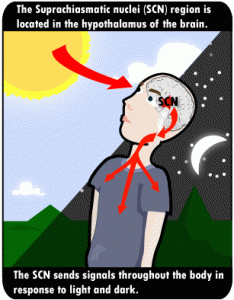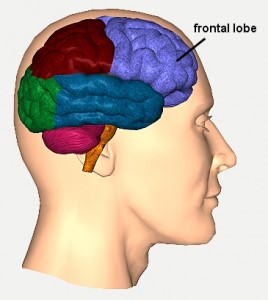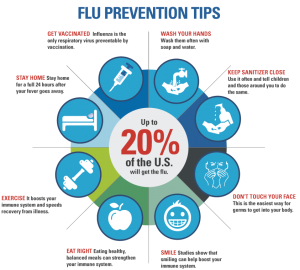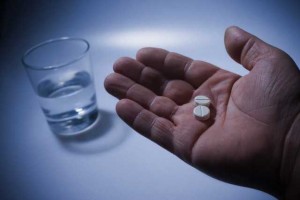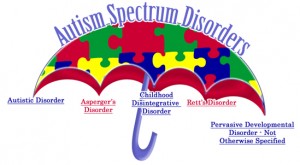Any general practitioner knows that fall and winter are the time when patients come in with a variety of complaints like a lack of energy, problems sleeping, inability to cope with stress, but often there may be non-specific pains like muscle spasm in the back, the shoulders, or indigestion. These symptoms can all be part of seasonal affective disorders (SAD) like depression, the winter blues, often coupled with anxiety.
Emotional health does not fit easily into our health care model. The receptionist will warn the doctor that this is going to be a “difficult” patient. If the doctor has only time for a 5 or 10-minute visit, where only one or two problems can be dealt with, then this does not fit when a patient with SAD has a problem concentrating, falling asleep, and presents with a long list of other complaints. Even 20 minutes or 30 minutes may not be enough to deal with this patient adequately. It is easier to send the patient for tests and to prescribe an antidepressant and a sleeping pill and reschedule for a follow-up appointment. But this likely will result in normal blood tests and investigations, added health care costs, but no solution to the patient’s problem when he or she simply states “doctor, I feel so sick”.
I thought it would be interesting to review how our emotions can get out of balance and review an integrative approach to SAD.
Definition of SAD
Seasonal depression (also called seasonal affective disorder) occurs during fall (autumn) and winter, but this alternates with no depressive episodes during spring and summer. A person defined to suffer from SAD would have suffered from two major depressive episodes during the past 2 years with no depressive episodes in the intervening seasons of spring and summer (Ref.1). Alternative names for SAD are winter depression and wintertime blues. Typically SAD lasts about 5 months.
Brain hormone disbalance
Around 2002 it was detected that in mice there was a second light sensitive pathway from ganglion cells in the retina that were responsible for circadian hormone rhythms. This was later confirmed to be true also in humans, where photosensitive retinal ganglion cells buried deep in the retina and containing the pigment melanopsin absorb blue light in the visible light spectrum. The electrical signals are sent along the retinohypothalamic tract, so that light from the retina regulates the hormone circadian rhythm (daily hormone fluctuations including the sleep/wake cycle) in the hypothalamus. The hypothalamus is one of the major hormone centers in the center of the brain. As this publication shows there are minor genetic sequence changes for the retinal photopigment, melanopsin in patients with SAD. This affects about 1 to 2% of the American population. Many more have probably partial defects in the function of this pigment.
Many hormones in our brain experience a circadian rhythm.
When the sun goes down, melatonin is produced making us sleepy. In the morning serotonin production goes up and stays up all day, which normally prevents depression. There are other hormones that cycle during the course of the day. Cortisol is highest in the morning and low in the evening and at night. Growth hormone and prolactin are highest during sleep.
There is a lack of serotonin in the brains of patients with SAD and depression.
Symptoms of SAD
A person affected by SAD or any other patient with ordinary depression will present with symptoms of lack of energy, with tearfulness, negative thought patterns, sleep disturbances, lack of appetite and weight loss and possible suicidal thoughts. On the other hand symptoms may be more atypical presenting with irritability and overindulging in food with weight gain. Some patients somaticize as already mentioned in the beginning of this review experiencing a multitude of functional symptoms without any demonstrable underlying disease. It is estimated that up to 30 to 40% of patients attending a general practitioner’s office have some form of depression and in the fall and winter season a large percentage of them are due to SAD.
Treatment approaches to SAD
There are several natural approaches to SAD. However, before deciding to go this route, a psychiatrist should assess the patient to determine the risk for suicide. When a patient is not suicidal, light therapy can be utilized.
1. Light therapy: According to Ref. 2 a light box from Sun Box or Northern Light Technologies should be used for 30 minutes every morning during the fall and winter months. The box should emit at least 10,000 lux. Improvement can occur within 2 to 4 days of starting light therapy, but often takes up to 4 weeks to reach its full benefit (Ref.2).
2. Exercise reduces the amount of depression. The more exercise is done the less depression remains. A regular gym workout, dancing, walking, aerobics and involvement in sports are all useful.
3. Folate and vitamin B12: Up to 1/3 of depressed people have folate deficiency. Supplementation with 400 mcg to 1 mg of folic acid is recommended. Vitamin B12 should also be taken to not mask a B12 deficiency (Ref.3). Folate and vitamin B12 are methyl donors for several brain neuropeptides.
4. Vitamin D3 supplementation: A large Dutch study showed that a high percentage of depressed patients above the age of 65 were deficient for vitamin D3. Supplementation with vitamin D3 is recommended. (Ref.3). Take 3000 to 4000 IU per day, particularly during the winter time.
5. St. John’s Wort (Hypericum perforatum) has been found useful for minor to moderate depression. It is superior in terms of having fewer side effects than standard antidepressant therapy (Ref.3).
6. Standard antidepressants (bupropion, fluoxetine, sertraline and paroxetine) are the treatment of choice by psychiatrists and treating physicians when a faster onset of the antidepressant effect is needed (Ref.3).
7. Electro acupuncture has been shown in many studies to be effective in ameliorating the symptoms of depression and seems to work through the release of neurotransmitters in the brain (Ref.4).
8. A balanced nutrition (Mediterranean type diet) including multiple vitamins and supplements (particularly the vitamin B group and omega-3 fatty acids) also stabilize a person’s mood (Ref.3). Pay particular attention to hidden sugar intake, as sugar consumption is responsible for a lot of depression found in the general population.
9. Restore sleep deprivation by adding melatonin 3 to 6 mg at bedtime. This helps also to restore the circadian hormone rhythm.
Conclusion
Seasonal affective disorder is triggered by a lack of light exposure in a sensitive subpopulation. An integrative approach as described can reduce the amount of antidepressants that would have been used in the past in treating this condition. This will reduce the amount of side effects. The use of a light box can reduce the symptoms of this type of depression within a few days. But the addition of electro acupuncture and St. John’s Wort may be all that is required for treatment of many SAD cases. Regular exercise and a balanced nutrition (with no sugar) and including vitamin supplements complete this treatment. If the depression gets worse, seek the advice of a psychiatrist and make sure your doctor has ordered thyroid tests and hormone tests to rule out other causes where depression is merely a secondary symptom.
More information on depression: http://nethealthbook.com/mental-illness-mental-disorders/mood-disorders/depression/
References
- Ferri: Ferri’s Clinical Advisor 2014, 1st ed. © 2013 Mosby.
- Cleveland Clinic: Current Clinical Medicine, 2nd ed. © 2010 Saunders.
- Rakel: Integrative Medicine, 3rd ed. © 2012 Saunders.
- George A. Ulett, M.D., Ph.D. and SongPing Han, B.M., Ph.D.: “The Biology of Acupuncture”, copyright 2002, Warren H. Green Inc., Saint Louis, Missouri, 63132 USA
Last edited Nov. 7, 2014
